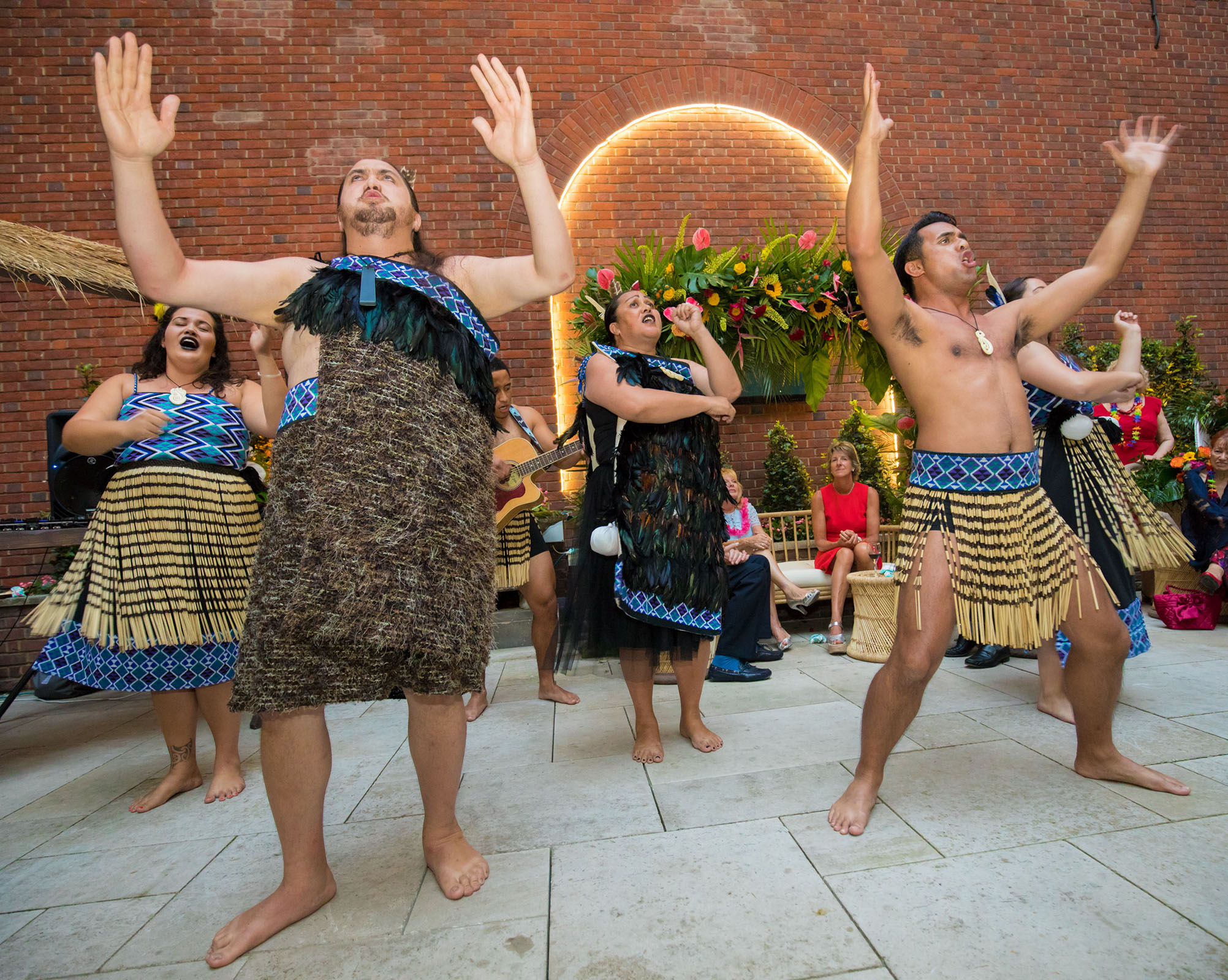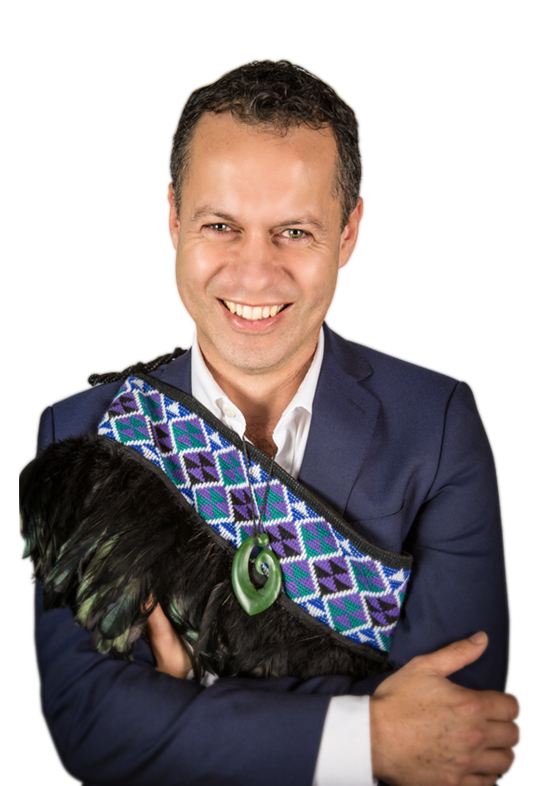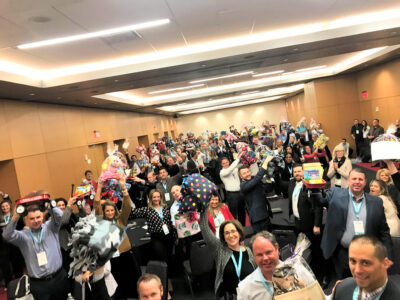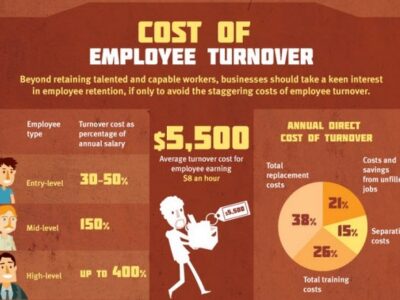Haka is the dance of the Maori people of New Zealand, and its new way to build cohesion in professional teams. It’s a powerful ancient posture dance that engages the body, face, voice and a collective team spirit.
There is an increasing awareness of haka because of the All Blacks New Zealand rugby team, that performs haka prior to each test match. It’s a ritual of preparation that unites the team, connecting them to their core purpose of winning every game. Haka goes beyond the shores of New Zealand. Hollywood stars like Dwayne Johnson, Jason Mamoa and American Football players, haka has become an inspiration for others. Its increasingly being seen more and more in professional organizations, utilizing haka as a way to build cohesive teams.
My name is Karl Burrows, I’m a New Zealander of Maori descent and the founder of Haka Works. I have been running team building haka workshops for more than fifteen years! When people first come across haka, they’re often startled by its raw, primal passion but they also recognize the universal spirit of unity that comes from a haka team.
It was this exact recognition that led to the initial idea of haka workshops. After a haka performance for IBM, an Executive Director from the company said to me:
So we asked ourselves, what is it about haka that builds this strong sense of unity?
What creates this cohesiveness? What enables such commitment to purpose from our haka team?
The answers that came from these questions led to a discovery; what creates unity and cohesiveness in haka teams, also does the same for professional teams. We have broken these down into five key points.
5 Ways Haka Builds Cohesion
in Professional Teams
1. Haka is Authenticity
To be an effective team, there needs to be a culture of collaboration. Team members need to set aside their egos. Ego says this is me. This is who I am. No-one messes with me. The ego can be fragile and defensive. This is because it’s not real. It’s a misplaced attachment to a created identity. It’s a mechanism we’ve developed to create a sense of self in our overly complex world. It’s a way to protect our vulnerable selves. But authenticity recognizes this for what it is. Authenticity says I am not attached to this false idea of self. I am open. I am vulnerable. Behind that vulnerability is strength. Strength in humility. Strength in compassion. Strength in connection with others. Identifying ego and knowing when we leave it aside to connect with our authenticity is an important part of self-development and leadership. Having a culture of embracing authenticity is important in that it allows teams the space to connect, communicate, and build trust.
When we haka, there is no room for ego. There is no room to think our way into what we are supposed to be or how we are supposed to project. We give everything of ourselves to the moment. We are inflow. The practice or performance of haka is a mindful practice. It’s a way to be aware of how to move from mind into our bodies.
2. Haka is Energy

Haka means “to ignite the breath,” or “to fire the spirit”. Haka is a direct route to this energy. Once we strip back the layers of ego and connect with our authenticity, we can spark the spirit and release energy. This energy reverberates through our body and voice in haka. We can then take this energy and we share it with others. We share it with our fellow performers, we share it with our audience. We share in a positive, generous-hearted way.
3. Haka is the Spirit of Team
Unity starts with a mindset of putting others before the self. In tribal societies, people worked collaboratively through necessity. Tribal units were the singular unit of survival. It engendered respect, loyalty, commitment, and selflessness. In modern society, the emphasis has been on the individual. This suited the hierarchical structure of the industrial workplaces that dominated the 20th century. But advances in technology and increased competition has led to dynamic business environments. Teams need to be tribal in nature with high levels of trust and collaboration to ensure that they are agile enough to adapt to change. The organizations that survive, will be the ones able to work collaboratively with high levels of trust to keep ahead of the competition.
Haka is a collaborative pursuit. When we haka, we do it together as a team. We don’t haka alone. We support each other and are with each other. This togetherness creates a sense of unity and powerful synchronized energy that binds the group together creating the spirit of the team.
4. Haka is Purpose
Having a compelling purpose galvanizes professional teams. Team members are prepared to commit because they are driven by purpose. They make personal sacrifices. They put the team before themselves. They are prepared to commit to a strategy to achieve that shared purpose.
When we haka, we do it for a reason, a purpose. It may be to celebrate, to mourn, to welcome to farewell or simply to enjoy ourselves. Without purpose, haka becomes a show. It can easily revert to being about the individual, the ego comes into it and the energy becomes scattered and dissipates. Having a clear purpose in haka channels energy and brings people together to convey the collective emotion and passion as one.
5. Haka is Bravery
What is bravery, but a calculated commitment to take your chances? It is so important in business and in life. Professional teams need to have a supportive culture that enables teams to be brave, make decisions and commit to action. The elements of such a culture are summarized below and encompass the first 4 of the 5 ways in which haka builds cohesion in professional teams.
• Being authentic. Having humility. Being open about the risks and the possibility of failure. Working collaboratively to find solutions and reduce the risk of failure.
• Creating team energy – by being open, vulnerable, creating an environment of trust, creating energy from the rawness of possibility.
• Fostering the spirit of team – you are not doing it alone. You are doing it together, supporting one another, as one.
• Being very clear and committed to your ultimate purpose – a purpose so compelling that team members are prepared to make personal sacrifices to ensure the shared goals are achieved.
Watch the video below to learn more.
In our haka workshops, we expect you to let go of ego, be authentic and commit with a generosity of spirit. By doing so you will connect to your source of power or energy – your authentic self. Sharing that energy with others creates a sense of unity and team spirit. Being focused on a shared goal or purpose, channels that energy, providing a hugely motivating force to change team behavior around strategy. All these elements combined is what creates a culture of bravery. This is how haka builds cohesion in teams!















